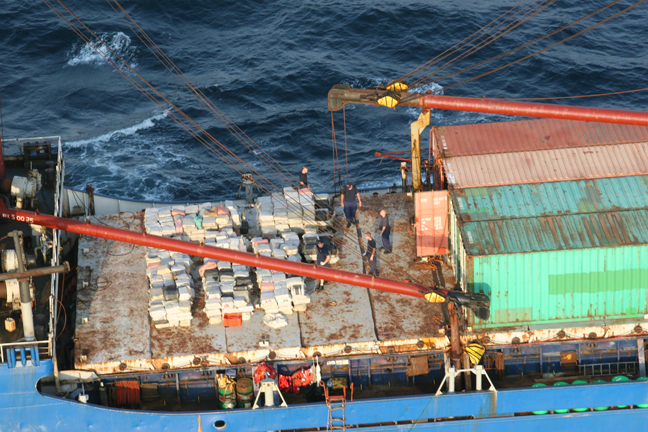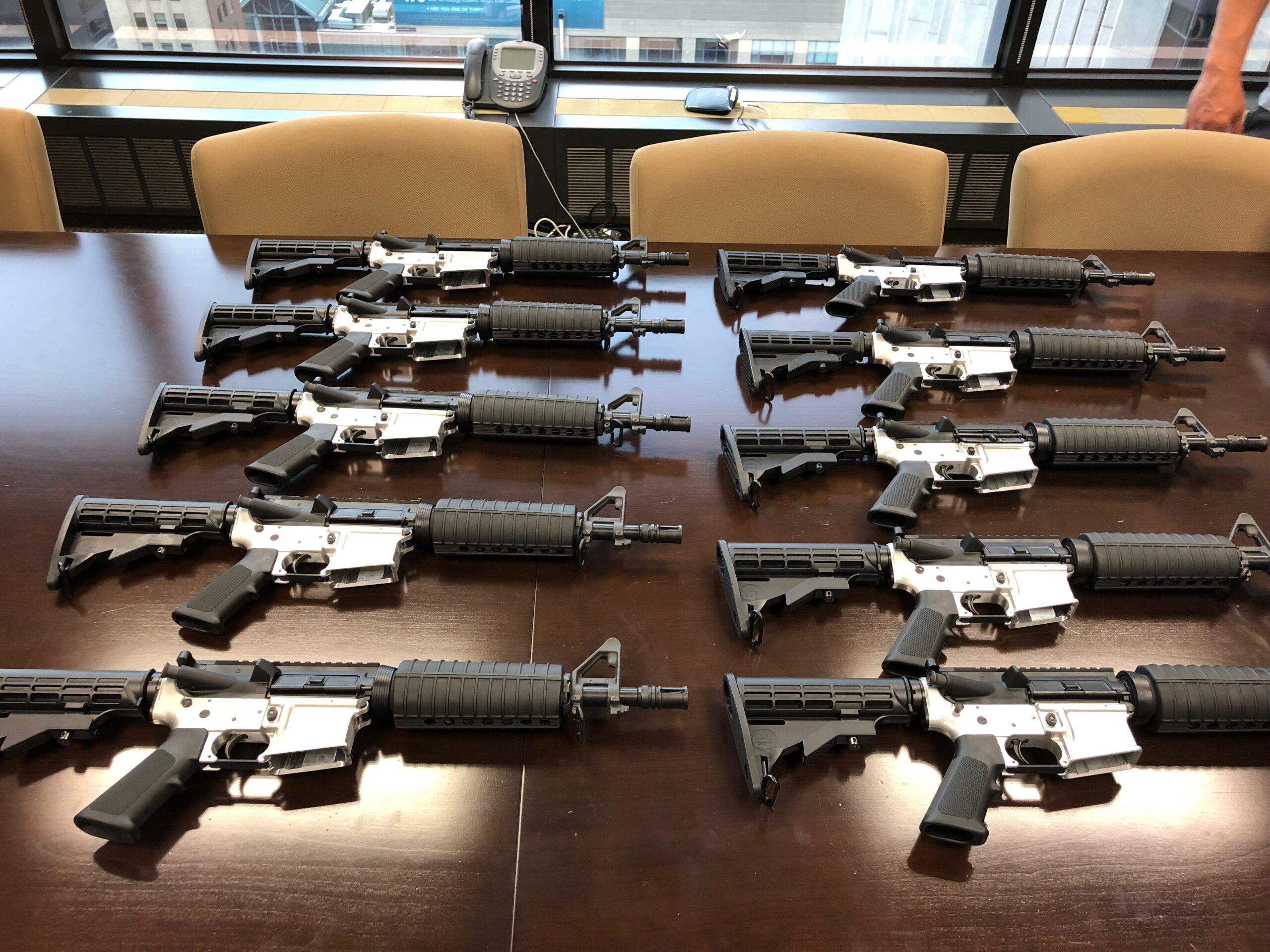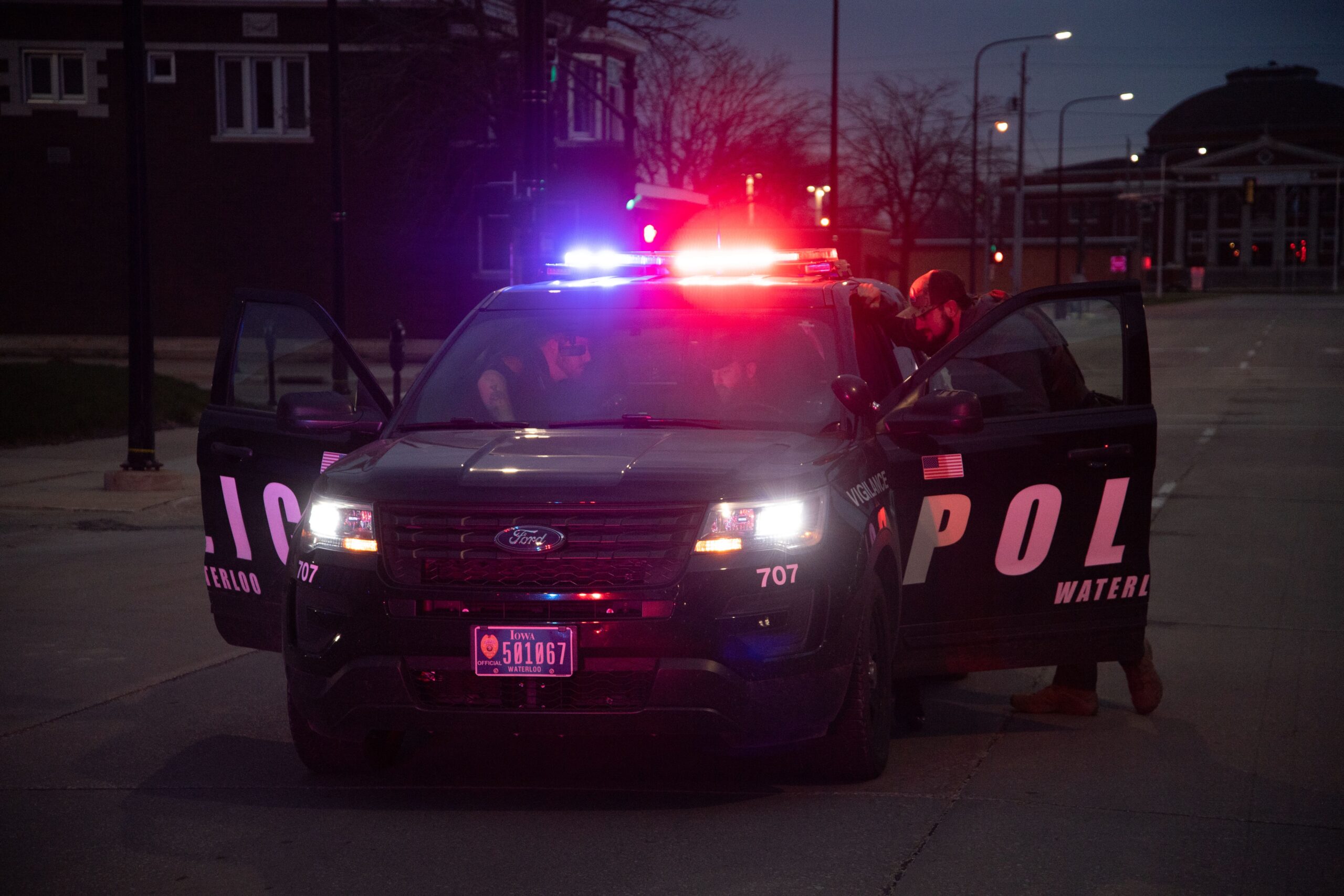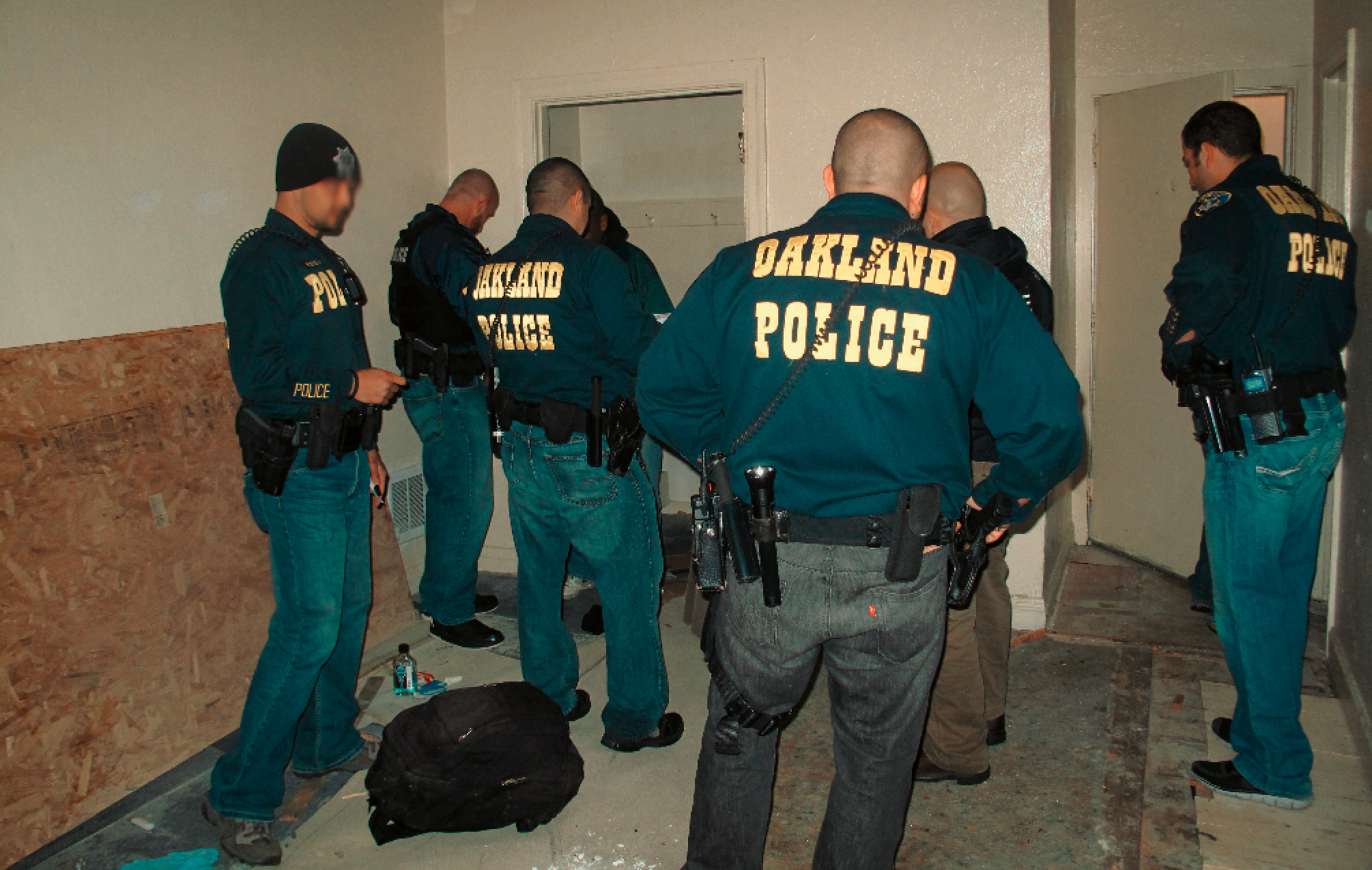- Most Infamous Terrorist Leaders in History - April 22, 2025
- From Bamboo to Billions: How Smugglers Exploit China’s Wildlife Trade - April 10, 2025
- Environmental Corruption in South America: Nature for Sale - April 10, 2025
Overview of US Gangs
US gangs have transitioned from local street operations to international powerhouses, exerting influence far beyond American soil. The notorious Bloods, Crips, and MS-13 are not just household names; they are global entities involved in complex criminal networks. The FBI highlights that there are over 33,000 gangs in the US with a membership surpassing 1.4 million. These numbers are not just statistics; they represent a sprawling network capable of international collaboration with other criminal organizations. Their reach facilitates a range of illicit activities such as drug trafficking and arms smuggling, making them formidable players on the global stage.
Drug Trafficking Networks

Drug trafficking serves as a significant conduit for US gangs to extend their global influence. The opioid crisis, fueled by heroin and fentanyl, is exacerbated by gangs that control their distribution. The National Institute on Drug Abuse has identified these gangs as key players, often working in tandem with Mexican cartels to maintain supply routes into the US and beyond. This collaboration ensures a steady flow of narcotics, impacting not only the US but countries worldwide. The ripple effects of this trade are felt in public health systems, burdening them with challenges that stretch far beyond local communities.
Human Trafficking and Exploitation
In addition to drugs, US gangs are heavily involved in human trafficking, a crime that exploits the most vulnerable. The Polaris Project estimates that over 400,000 individuals are trafficked within the US annually, with gangs playing a pivotal role. These gangs employ violence and intimidation to control victims, complicating law enforcement efforts. Human trafficking is not a domestic issue confined within borders; many victims are transported internationally, making it a global crisis. This highlights the far-reaching tentacles of US gangs and their capacity to exploit human vulnerability on an international scale.
Arms Smuggling and Violence

The availability of firearms in the US has led to a thriving arms smuggling operation by gangs, supplying weapons to criminal organizations worldwide. The Bureau of Alcohol, Tobacco, Firearms and Explosives (ATF) reveals that a considerable number of firearms recovered in Mexico originated in the US. This arms trade contributes to escalating violence, particularly in Central America, where gang warfare results in some of the highest homicide rates globally. The impact of this violence is not just a local issue but a regional one, affecting the stability and safety of entire communities.
Cybercrime and Fraud

As technology advances, US gangs have adapted by incorporating cybercrime into their operations. The FBI’s Internet Crime Complaint Center reported over $4.2 billion in losses attributed to cybercrime in 2020. Gangs engage in identity theft, credit card fraud, and ransomware attacks, utilizing the anonymity of the internet. Their adaptability in the digital age showcases their ability to reinvent themselves and maintain influence, targeting individuals and businesses worldwide. Cybercrime is a testament to the evolving nature of organized crime, where traditional methods meet modern technology.
Money Laundering Operations

To sustain their extensive operations, US gangs participate in intricate money laundering schemes that span continents. The Financial Action Task Force (FATF) notes that these schemes often involve shell companies and offshore accounts, masking the origins of illicit funds. The global financial system is exploited, allowing gangs to reinvest profits into legitimate businesses. This not only sustains their operations but also entrenches their influence in various economies. Money laundering is a critical component that underscores the sophistication and reach of US gangs.
International Collaborations

US gangs are not solitary operators; they frequently collaborate with international criminal organizations. MS-13, for example, has established connections with Mexican drug cartels, while the Bloods and Crips have alliances in South America and Europe. These collaborations enable resource sharing, intelligence exchange, and strategic planning, amplifying their global reach. The ability to forge such alliances is a testament to the adaptability and influence of US gangs on the international stage.
Impact on Communities

The reach of US gangs extends beyond criminal activities to affect communities both domestically and internationally. Areas plagued by gang violence often see local economies suffer, with social structures deteriorating. The presence of gangs can lead to increased poverty and reduced access to education, perpetuating a cycle of violence and despair. This creates an environment where gangs can thrive, as communities struggle to break free from the grip of organized crime.
Law Enforcement Challenges

Combating the global influence of US gangs presents significant challenges for law enforcement agencies. The decentralized nature of these organizations complicates efforts to dismantle their networks. Moreover, the lack of resources and coordination among international law enforcement agencies hampers effective intervention. Initiatives like Operation Legend aim to enhance collaboration, but the scale of the problem remains daunting. The complexities involved in addressing organized crime require a concerted effort and innovative strategies.
The Future of Organized Crime

As globalization continues to evolve, so too will the tactics and reach of organized crime. US gangs are likely to adapt to changing circumstances, leveraging new technologies and methods to maintain their influence. Addressing this issue will require a multifaceted approach, including international cooperation, community engagement, and comprehensive policy reforms aimed at reducing the root causes of gang involvement. The future of organized crime is intertwined with the ability of societies to adapt and respond to these evolving challenges.




